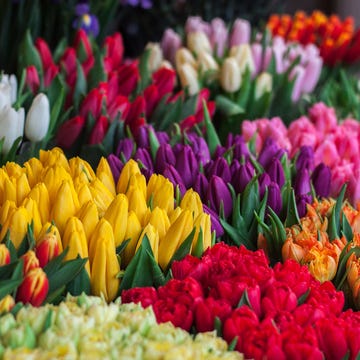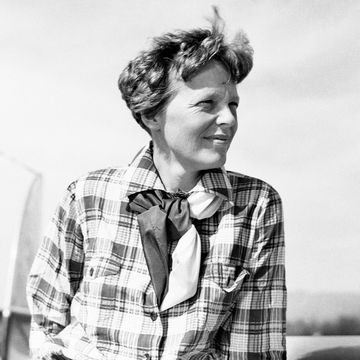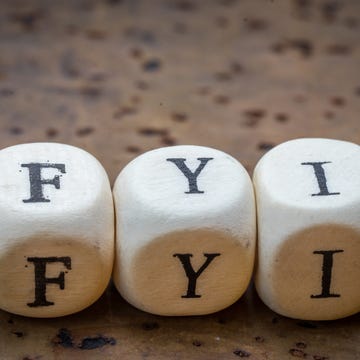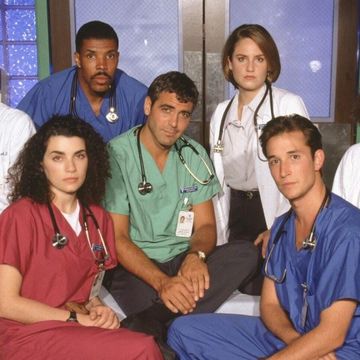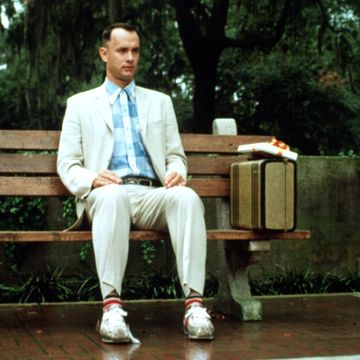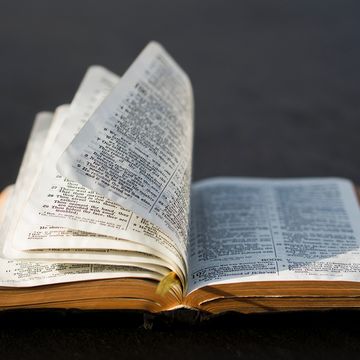Note: This is not a comprehensive tutorial on how to take exquisite, professional food photos. That is because I am neither professional nor exquisite. This post will simply include steps I take to ensure my food photos are decent, relatively appetizing, not overly yellow…and not grody.
First, let me state for the record that I did not set out to have a food blog and knew nothing about taking pictures of food. But what I found out (through much trial and error) was that food, in all its deliciousness, is very unforgiving when it comes to being photographed. Where you can snap a photo of a human subject in less than ideal light and turn it into something interesting, with food, generally speaking, you can’t.
But take heart! It isn’t that difficult, even if you have a point-and-shoot camera, to take nice photos of food. Here are just a few tips you can try. See if it improves things a little!
These are in no particular order
1. Turn off the flash! This is one of the most important tips I can give you, my darling friends. If your camera has a built-in flash, dig out your manual and find the method for disabling it. Pointing a flash straight at food takes away the beautiful contrast and the natural hills and valleys (and color) of food and instantly makes it less appealing. Give it a try! Just keep in mind (see #2) that without the flash, you’ll have to have plenty of natural light AND you’ll have to hold the camera pretty still.
2. Use natural light! This is the natural extension of Step #1. I can not emphasize enough that the most flattering light for food photography is natural daylight coming through a window or skylight. When Southern Living magazine came to the ranch months ago, I remember getting so excited because I couldn’t wait to see all their fancy equipment and lighting. When they simply took the plate of food and set it by the window in the kitchen, I was even more excited. The photographer was as professional as they come, and to her there was no better light for a plate of food than natural light.
And be flexible! If you don’t have a window in your kitchen, carry your plate of food to the living room or even the laundry room if that’s where the light is. Just take a pretty napkin or placemat along and no one will ever know! Just don’t let any dryer lint get on the plate.
Or if it does, just say it’s freshly ground black pepper.
3. Use your elbows as a tripod: Taking photos inside, even with ample natural light, often means you have to hold the camera very still to keep it from registering hand shake. If you have a tripod, that’s ideal. If you don’t, you can duplicate the tripod effect by resting your elbows on the countertop and using them to stabilize the camera. Another non-tripod option is stacking one or more cookbooks near the food and setting the camera on top. It’ll take some height adjustment depending on how the food is arranged, but taking this step can make all the difference between blurry, grainy food photos…and crisp, clear ones.
4. Use a wide aperture: Aside from the extra light this lets in, it also increases the bokeh effect—bokeh refers to the ethereal, blurry areas in the background and margins of a photo.
Notice the pan in the background? Instead of being in focus (a smaller aperture would allow for this), it’s blurred, soft—and makes the photo more evocative and moody.
Apple tarts? Moody? Who knew?
WARNING: Don’t be like me, though, because sometimes I open up that aperture a little TOO wide and it winds up blurring way too much of the food. I’m an offender!
5. Post processing, don’t be afraid to lighten things up: Dark food photos are depressing and unappetizing.
Who wants to eat this dark, depressing apple tart? Not me, that’s who.
So don’t be afraid to use your photo editing software to add in some light after the fact. It makes the food look much yummier.
6. Color correct overly yellow photos: A danger of shooting indoors—particularly if you have little natural light—is that the photos can have an overly yellow cast.
The problem is, an overly yellow cast doesn’t work too well with food. Blech!
The good thing is, you can color correct this in your photo editing software simply by adding in some blue cast to compensate. (I use the “Cooler” action from PW Action Set 2.)
Wow. That’s so much better!
7. Get close to the food! Don’t stand back three feet and get the food with the stove, the dirty dishes, and all the condiments around it. Move in and get up close and personal, and let the pan…or the plate…or the cutting board fill the frame.
8. Cut into the food! Though a finished pan of lasagna or a whole chocolate cake is a beautiful sight, sometimes it’s nice to cut into the food and show folks what it actually looks like seconds before you take a bite.
Now if you’ll excuse me…I’m going to make macaroni and cheese for lunch.
__________________________________________
That’s it!
That’s all!
Feel free to shout out your own tips for taking photos of food.
And in closing, I’d like you to remember one thing:
I really don’t know what I’m talking about.
Keepin’ it Real,
Pioneer Woman
(Recipe for Easy Apple Tart here.)





